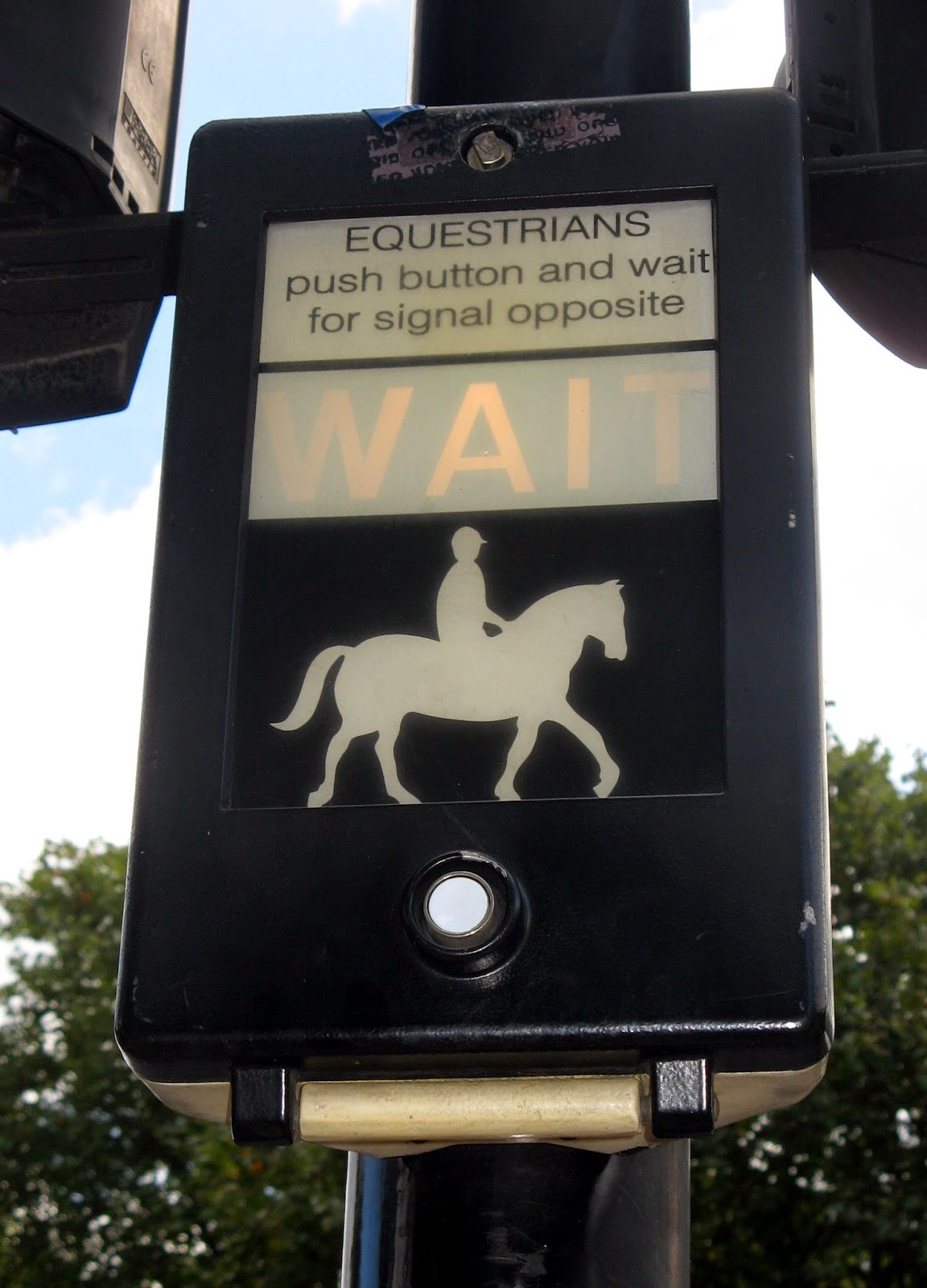Dancing Alone in the Dark with Murder
 |
| Image by PetroleumJelliffe |
Real confidence manifests itself in a person who has received the rightful proportion of love and approval. Without confidence, weaknesses prevail and life becomes one long struggle. Fear, resulting from lack of self-esteem, eventually overwhelms the protagonist, Edna Cormick. Her acute insecurity causes her to close all windows of opportunity and restrict her mental and physical space in order to avoid the unknown.
To survive in her inner world and to ease the anxiety of decision making, Edna Cormick adopts a system of rules she extracts from her women's magazines. With their aid she manages to minimise her space until the epicentre of her very existence becomes her husband and her home. Ironically, the magazines that seemingly offer Edna autonomy, limit her world even further as she endeavours to fit into the neat packages they represent.
Engrossed in her glossy mags, Edna follows the suggested tips and finds solidarity from reading about other women's problems. Edna's paper role models are not women engaging in feats requiring strength of character and initiative, but those that offer useful hints on home-management and looking attractive for the man of the house when the King of the castle arrives home.
On the one hand, the magazine quizzes Edna takes care to fill in boost her self-esteem by supplying the positive reassurance she trades against fear and self-doubt but on the other, her home becomes as limited in depth as the two dimensional pictures in her journals. Sadly, even though her world lacks space or original thought, its superficiality comforts her and makes life tolerable under stress.
As the years pass by, the articles that once encouraged patriarchal hierarchy begin to support progress and change. Edna impassively positioned in her comfortable circle of rules cannot adjust to such transformations in society. In her world of seclusion, Edna is unable to evaluate events since no tangible comparisons infiltrate the walls of her mental and physical retreat. So, Edna, the housewife, cannot possibly analyse her own marriage objectively, since she only has her magazines for assistance.
Interned mentally and physically in a life of housewifery, Edna is unable to comprehend that her marriage and her home are as evanescent as the printed pages of the magazines that have helped her build her prison and become her warden. She does not have a place where she can seek help, so when faced with a crisis that cannot be solved by solutions handed out in problem pages, she resorts to extreme measures. Edna, the perfect housewife, becomes a murderer and ends her days incarcerated in a psychiatric hospital, the epitome of all confinements.
Sources:
Barfoot, Joan. Dancing in the Dark, The Women's Press, London. 1982.
ISBN 0-7043-3895-5
Adaptation of an article written by Lesley Lanir, first published on Suite101.



Comments
Post a Comment